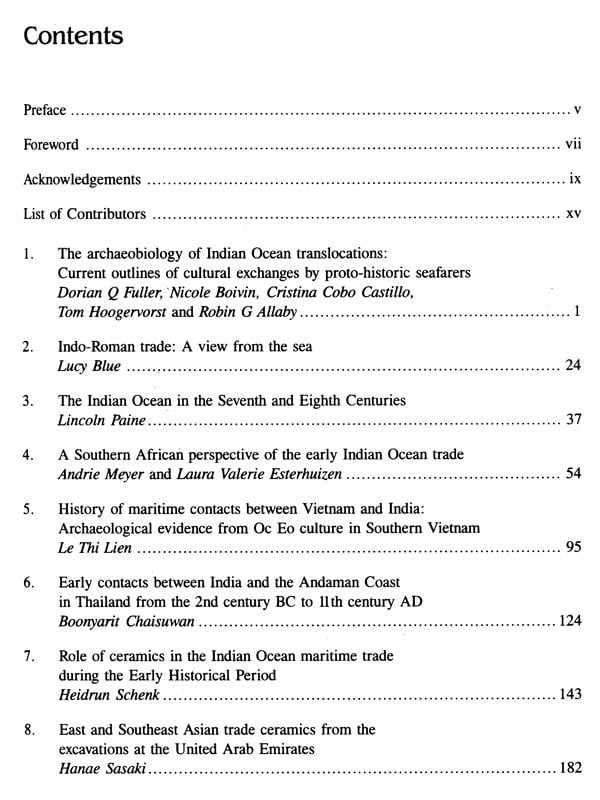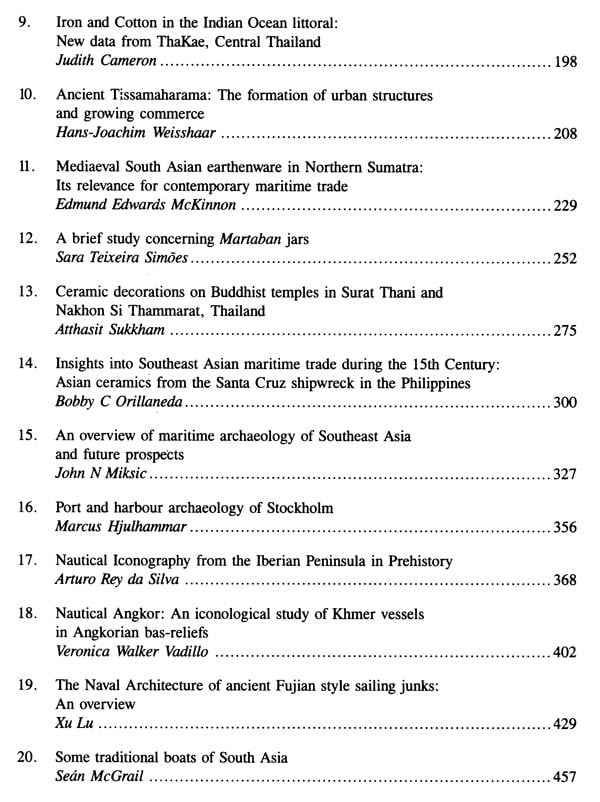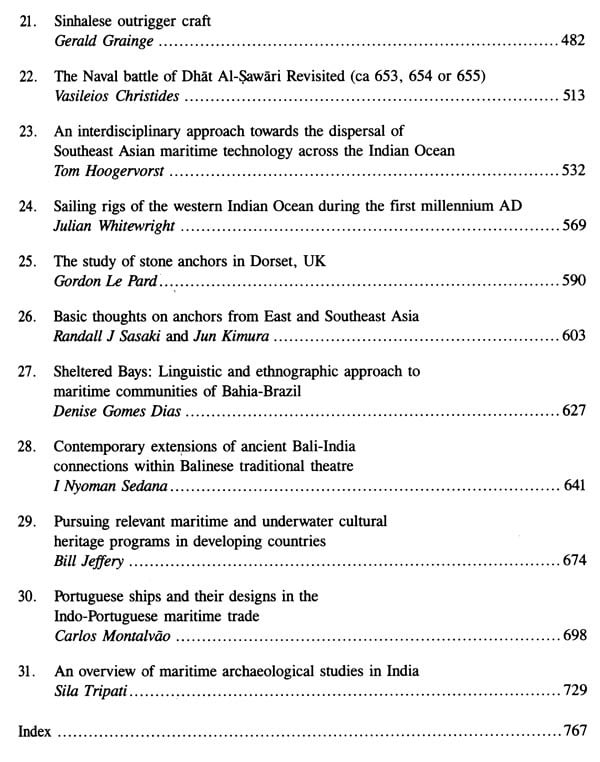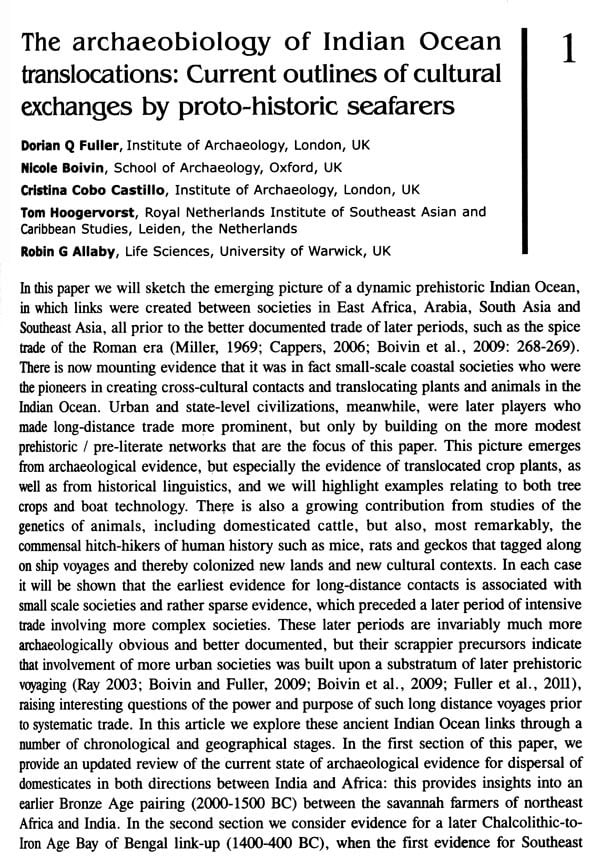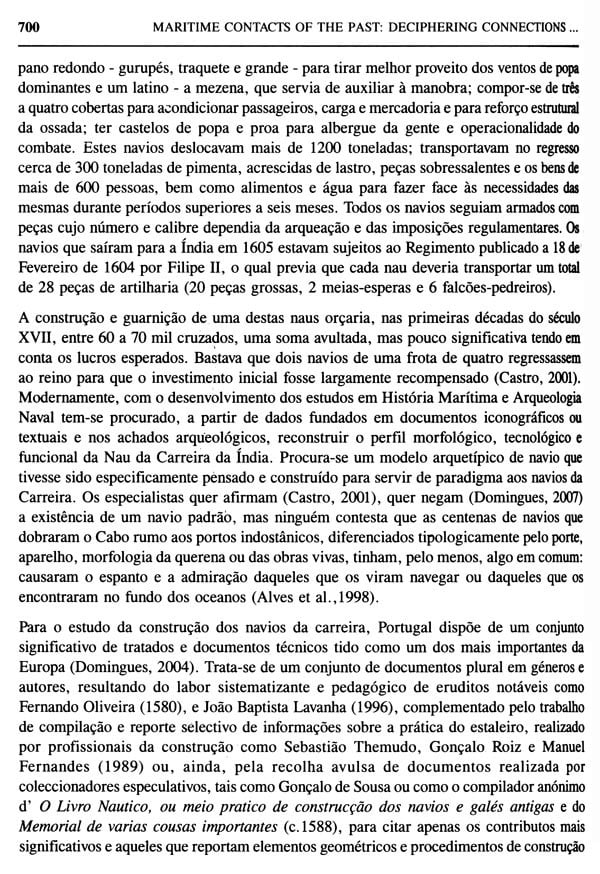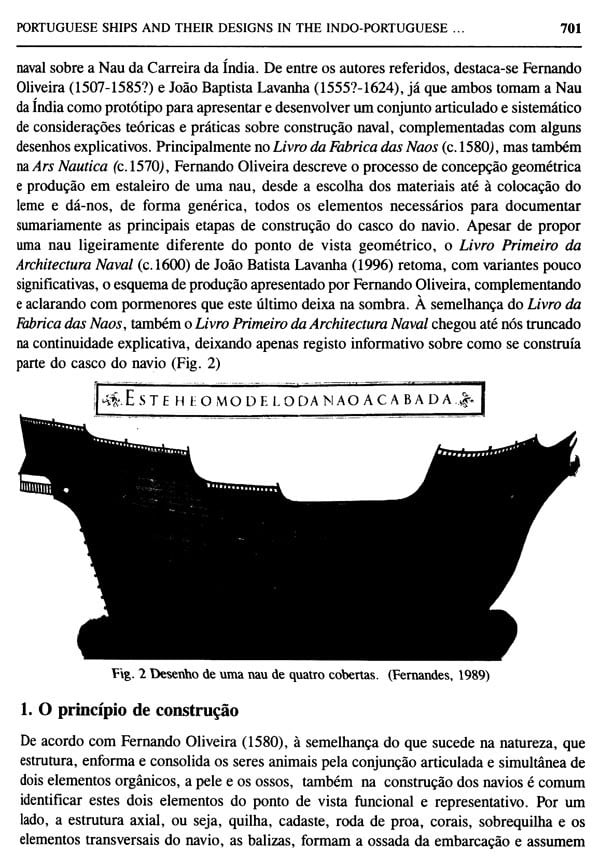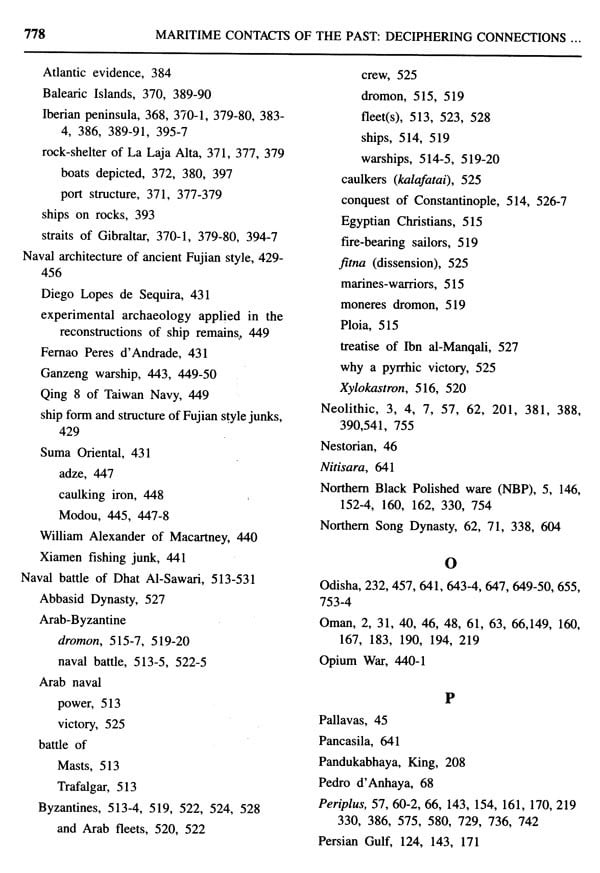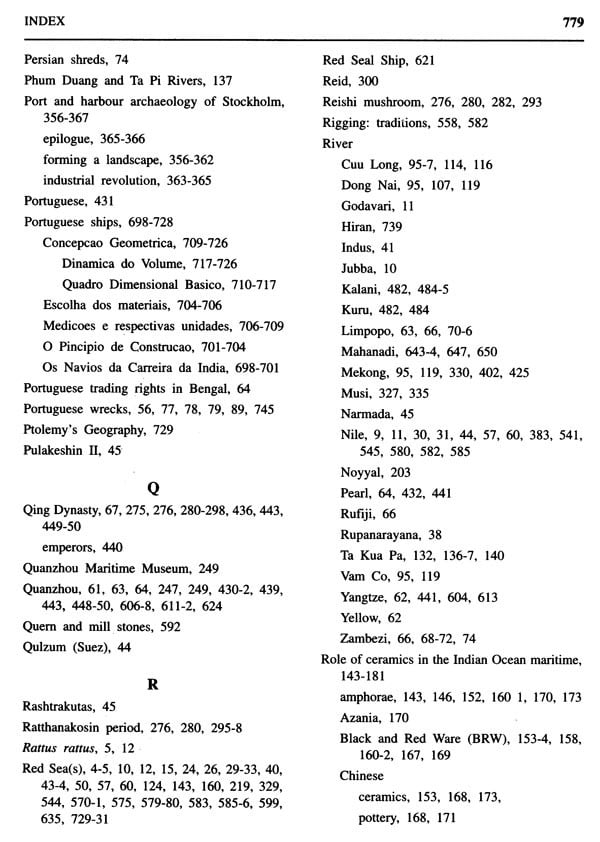
Maritime Contacts of the Past- Deciphering Connections Amongst Communities
Book Specification
| Item Code: | AZG300 |
| Author: | Sila Tripati |
| Publisher: | DELTA BOOK WORLD |
| Language: | ENGLISH |
| Edition: | 2015 |
| ISBN: | 9788192624433 |
| Pages: | 800 (Throughout B/w Illustrations) |
| Cover: | HARDCOVER |
| Other Details | 10.00x7.50 inch |
| Weight | 1.67 kg |
Book Description
Maritime Contacts of the Past: Deciphering Connections amongst Communities' tells the story of region-based discoveries from the proto-historic period to the 20th century, and each discovery concentrates on a period in time and together illuminates an entire era. This is the first comprehensive attempt to describe what maritime archaeology has discovered across the continents. The articles are written by maritime archaeologists actively engaged in this discipline for decades, while mention is made of undiscovered remains prone to disruption and theft by treasure hunters. This book will serve as a guide to maritime archaeologists, underwater archaeologists, maritime historians, archaeologists, students and others for its details and expertise. I am overwhelmed with the response to our invitation for submission of articles and the knowledge that these articles had since contributed about the world's maritime past to the posterity. I thank the authors for their interest and rich contributions.
Over the last few decades several astounding discoveries and excavations have been made by maritime archaeologists and amateurs in seas and oceans across the globe. Some of these emphasize on the achievements of men, but by and large they generally shed new light on the links between men and lakes, rivers or seas, or with their neighbours across the oceans. As land archaeology delves into the earth, maritime archaeology delves underwater and contributes enormously to our knowledge of the past. As the scope of research expands, maritime archaeology allies itself to other disciplines with more emphasis on preservation of underwater cultural heritage, prevention of damage to cultural resources, enhancement of public awareness and education and documentation of archaeological remains from shallow to deeper waters.
In India, maritime archaeological researches were initiated in the mid eighties with limited manpower and resources as individual projects. Gradually, it became an integral part of the CSIR-National Institute of Oceanography, Goa, because of its significance to both humanities and science. Maritime archaeology is increasingly becoming popular and many universities and research institutes have patronized this discipline and have encouraged students to pursue dissertations for postgraduate and doctoral degrees. Maritime Archaeological studies in Indian waters have completed more than two and half decades. Over the years, studies on submerged ports, maritime trade, shipwrecks and stone anchors of India have been carried out and onshore and offshore explorations have been taken up in the waters of west and east coasts of India. The findings corroborate the contacts of India with the countries around the Indian Ocean region and throw light on the rich maritime heritage of the Indian subcontinent.
The papers incorporated in this volume are an attempt to encompass all themes related to the title of the volume.
**Contents and Sample Pages**

